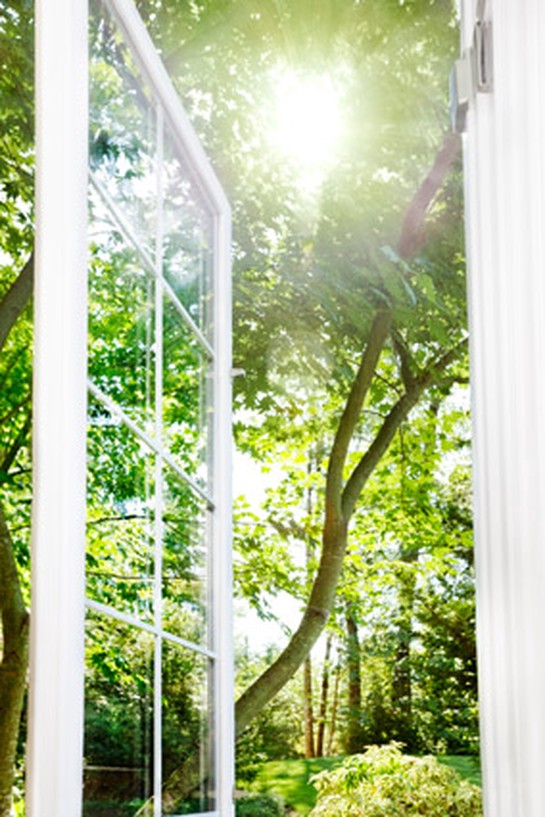What the Sleep Experts Do to Get a Good Night's Rest
They've done the research, they've heard the up-all-week horror stories (as well as the surprise successes)—so, we asked, what works for them?
By Corrie Pikul
They Let in the Light
The expert: Clete A. Kushida, MD, PhD, medical director of Stanford Sleep Medicine Center
The sleep secret: "I like to use light to help synchronize my internal clock. I avoid bright light two to three hours before bedtime, so if I'm reading, I use just enough light to see the words on the page. Then, within 30 minutes of waking up, I open the curtains to let in natural light. We know from the literature that light activates the suprachiasmatic nucleus, which is a group of nerve cells in the brain that controls the timing of the sleep-wake cycle and coordinates with our circadian rhythms. For patients who have a hard time waking up and who don't have access to sunshine every morning, we recommend a light box that has more than 10,000 lux, and tell them to keep it about 18 inches from their eyes. This morning light puts a kind of time stamp on the brain and shifts your internal clock for sleep earlier—that will help you feel sleepy at the other end of the day, too."
Sleep disappointment: "I've heard other physicians recommend valerian-root tea as a natural sleep aid, and there some small studies that show it makes some patients drowsy. I was curious, but it didn't affect me."
The sleep secret: "I like to use light to help synchronize my internal clock. I avoid bright light two to three hours before bedtime, so if I'm reading, I use just enough light to see the words on the page. Then, within 30 minutes of waking up, I open the curtains to let in natural light. We know from the literature that light activates the suprachiasmatic nucleus, which is a group of nerve cells in the brain that controls the timing of the sleep-wake cycle and coordinates with our circadian rhythms. For patients who have a hard time waking up and who don't have access to sunshine every morning, we recommend a light box that has more than 10,000 lux, and tell them to keep it about 18 inches from their eyes. This morning light puts a kind of time stamp on the brain and shifts your internal clock for sleep earlier—that will help you feel sleepy at the other end of the day, too."
Sleep disappointment: "I've heard other physicians recommend valerian-root tea as a natural sleep aid, and there some small studies that show it makes some patients drowsy. I was curious, but it didn't affect me."
Published 06/17/2013


